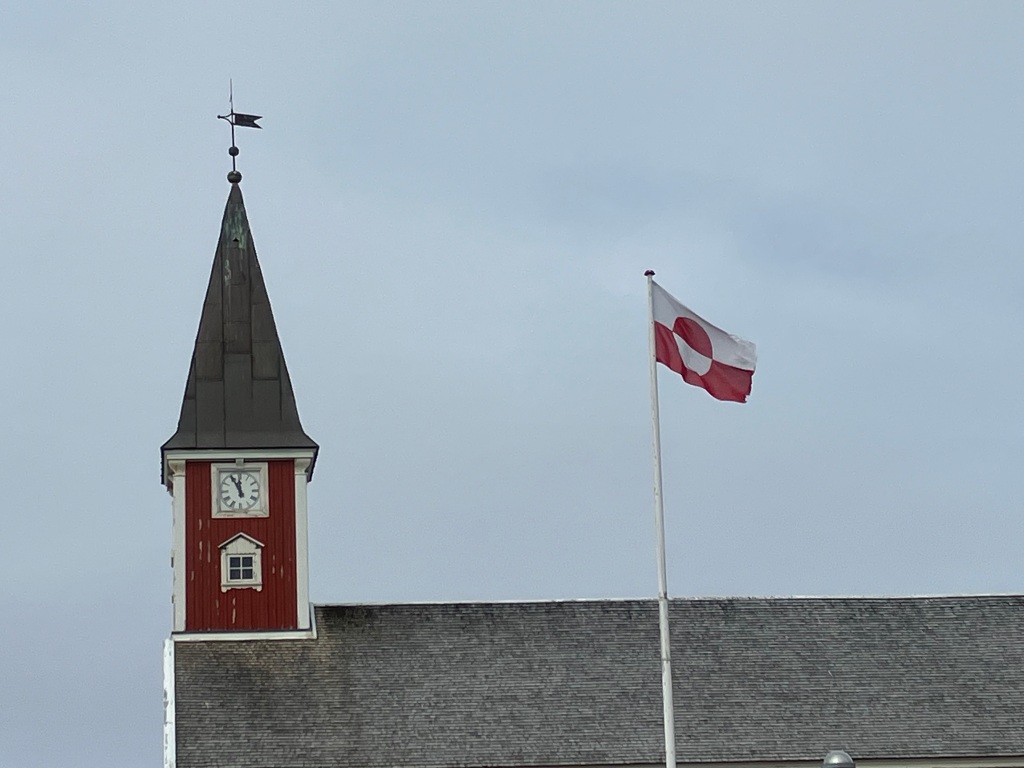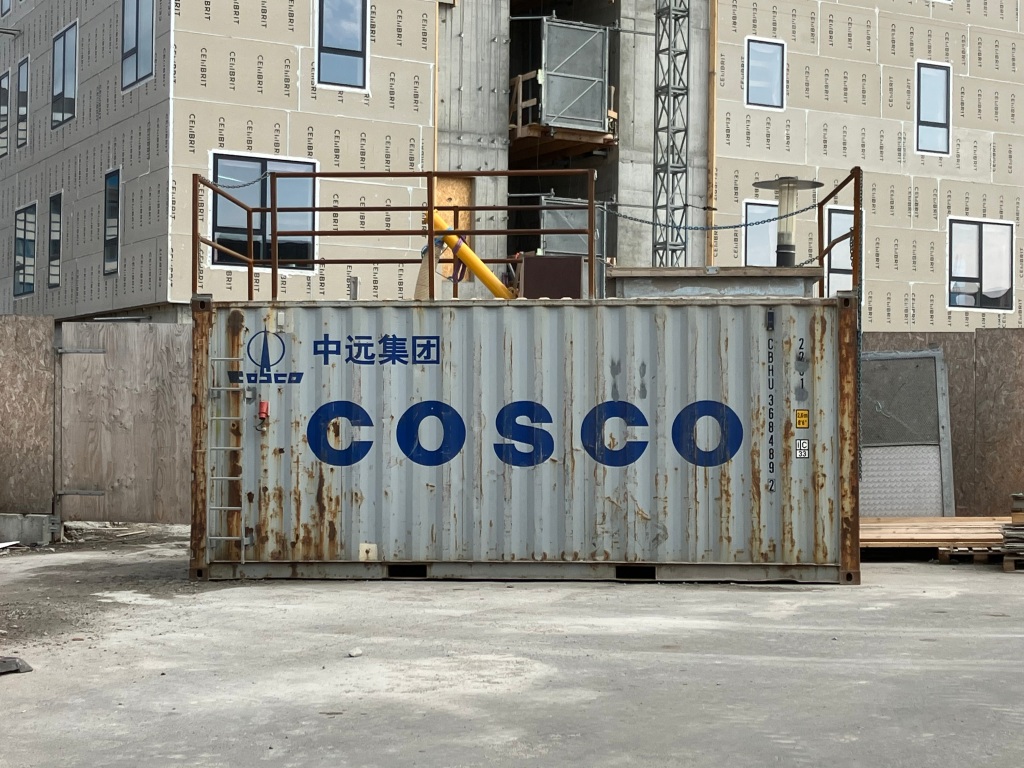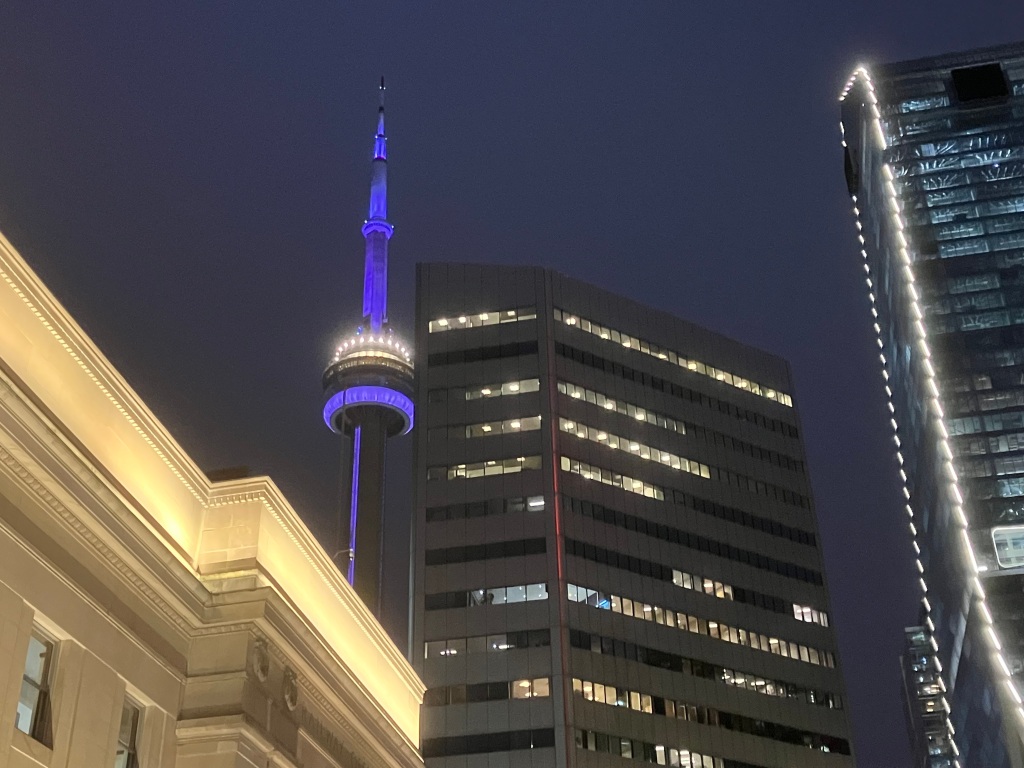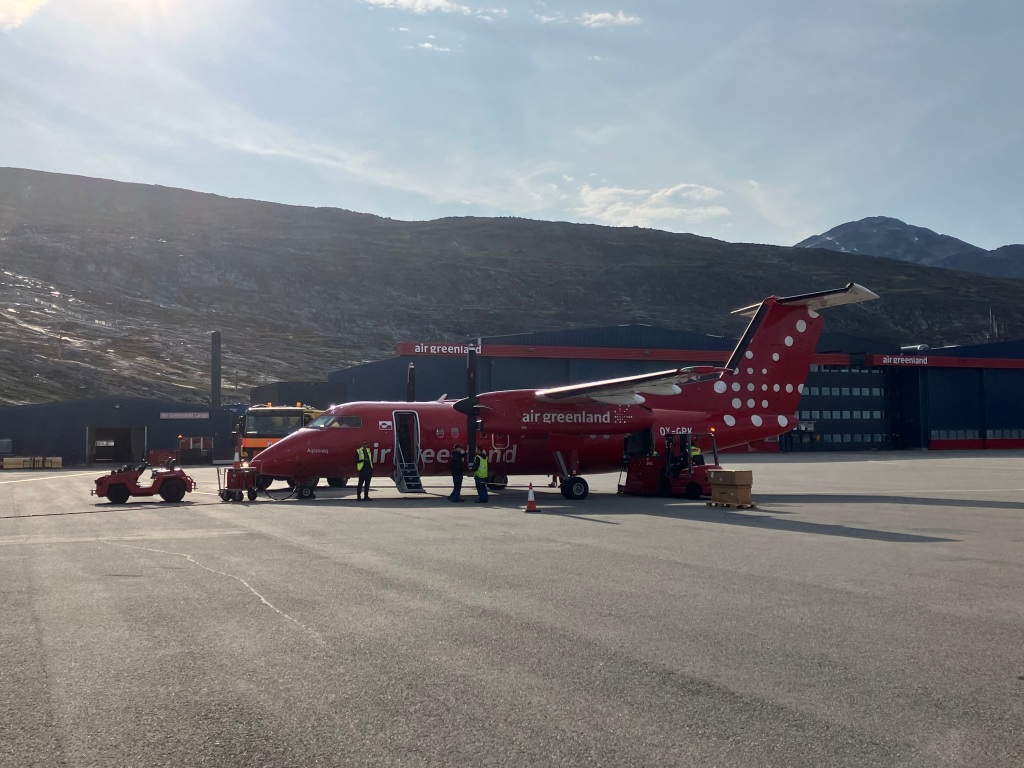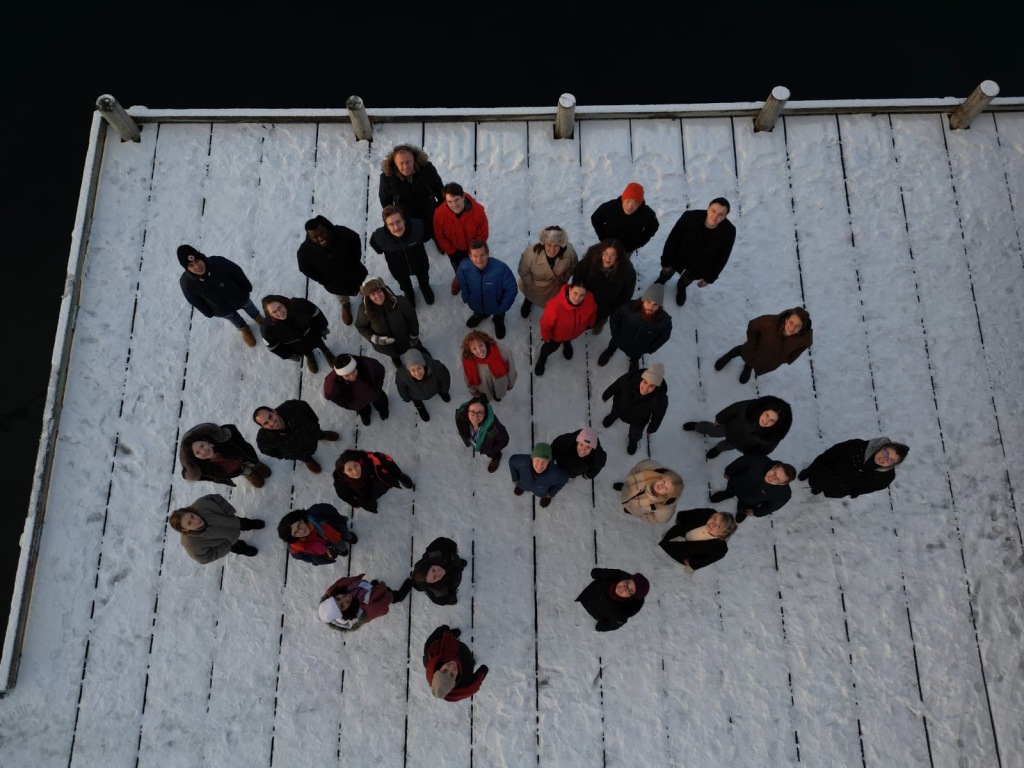
By Larry Ibrahim Mohammed, PhD Research Fellow, UiT- The Arctic University of Norway
I often recount the story of my love affair with the Arctic when asked about my activities in the Arctic. The main point of the story lies in my journey from Ghana to the Arctic, initially unaware of its geophysical wonders- long winters, Northern Lights, and the endless daylight of the midnight sun. At the same time, these features, and the opportunities the Arctic presented, became the adhesive binding me to it.
The year 2023 saw one of my pivotal engagements in Arctic programs, capping it off with an excursion to Iceland and the Faroe Islands, courtesy of the Nansen Professorship Program. This experience prompted me to reflect on the legacy of Fridtjof Nansen in the context of global citizenship and its significance in fostering ‘brain circulation’ [pdf].
The year began with my participation in the esteemed Emerging Leaders program 2023, and the opportunity to speak at one of the Big Picture Sessions [video] at the Arctic Frontiers “Moving North” conference in January this year. Speaking on this theme, I shared my experiences as an international resident in Norway, delving into strategies to keep young people in the Arctic and the challenges that come with that goal. Midway through the year, I joined the Calotte Academy, an international scientific forum presenting an opportunity for exchanges between young scientists and senior scientists on various Arctic issues.
In October 2023, there was the Arctic Circle in Reykjavík and the Polar Law Symposium in Torshavn. This last bouquet of experiences in Iceland and the Faroe Islands was made possible by the tenure of Rasmus Gjedssø Bertelsen, as Nansen Professor 2022-2023, who made it possible for students at the UiT-The Arctic University of Norway, and the University of Akureyri, to access funding to partake in an enriching experience.
Understanding the Arctic and the West Nordic region involves more than just reading about them; it requires immersing oneself in their surroundings. It also involves marshalling the necessary skills and collaborations among like-minded individuals and institutions to advance the course of securing the future of the Arctic. When Fridtjof Nansen first learned the vanishing of ice sheets in Greenland, he undertook a challenging journey to verify for himself with the help of locals and likeminded individuals.
Despite initial financial constraints in reachng Greenland, his expedition to the North Pole drew in the support of the Norwegian Government. Today, Nansen is revered as a pioneer in polar research, leaving an indelible mark on polar history. However, Nansen’s legacy extends beyond being a polar scientist; he was a humanist, a philanthropist, and a global citizen.

Shaped by exposure to diverse ideas during his studies in Germany and Italy, Nansen’s life highlights the importance of connecting with like-minded individuals interested in Polar issues, something akin to what Prof. Bertelsen refers to as brain circulation. He explains brain circulation in relation to acquiring education, skills, and experience abroad to use in one’s home country. I expand this understanding of brain circulation to mean acquiring, utilising, and sharing knowledge across borders by individuals not necessarily in one’s home country.
Common to the events I participated in during the year 2023 was the theme of travel and movement across diverse landscapes to meet with like-minded persons to discuss topics and issues related to the Arctic. Topics such as environmental security, sovereignty, and Indigenous Self-determination. The Emerging Leaders program took us through Bodø to Lofoten, culminating in an overnight ferry trip to Tromsø. In the Calotte Academy, we journeyed through Rovaniemi, Kiruna, Kautokeino, Alta, Kirkenes and Inari. Each Arctic town we visited unveiled its unique geography, cultural challenges, and prospects. The ‘Great Powers and Arctic Rural Areas Field Trip’ to Iceland and the Faroe Islands took us to Reykjavík, Akureyri, Bakkafjordur, Seydisfjordur and Torshavn.
These trips require a lot of financial resources to give students and young professionals the opportunity to experience the Arctic outside their knowledge from books. In the spirit of Nansen’s legacy, myself, and a group of students from Norway and Iceland had the privilege of participating in this memorable excursion, which gave us the opportunity to experience the relevance of Arctic conferences, such as the Arctic Circle Forum, and the possibility of traversing the northwestern Nordic in different modes of transport reminiscent of Nansen’s use of ships and skis.
This piece acknowledges the efforts of all the institutions that support such programs. At the same time, I make a special mention of the Nansen Professorship Excursion as it showcases a creative way of utilizing project funds to enrich the experience of many young people whose dividends may not be immediately visible.

While applauding these initiatives, it is essential to address bottlenecks hindering brain circulation in the Arctic. The Arctic is witnessing increasing diversity both at the political and research levels, necessitating continual changes in structures and regulations. Stringent visa regimes for non-citizen residents of Arctic nations continue to place a burden on young people, obstructing the free flow of ideas, expertise and access to equal opportunity. Arctic states and institutions must pay attention to these immigration bottlenecks. Institutions like the Arctic Council, which currently requires an Arctic state nationality to be engaged in official roles, must evolve to recognize and incorporate the valuable skills of non-Arctic nationals.
Nansen’s history reminds us of the importance of brain circulation and its usefulness in deepening our understanding of the Arctic. Finally, I call on other people who have access to funding opportunities to expand their activities to ensure that young people who cannot afford by themselves the cost of experiencing the Arctic have access to the funds that they have at their disposal.
Larry Ibrahim Mohammed is a Ph.D. Research Fellow at UiT- The Arctic University of Norway in Tromsø.
